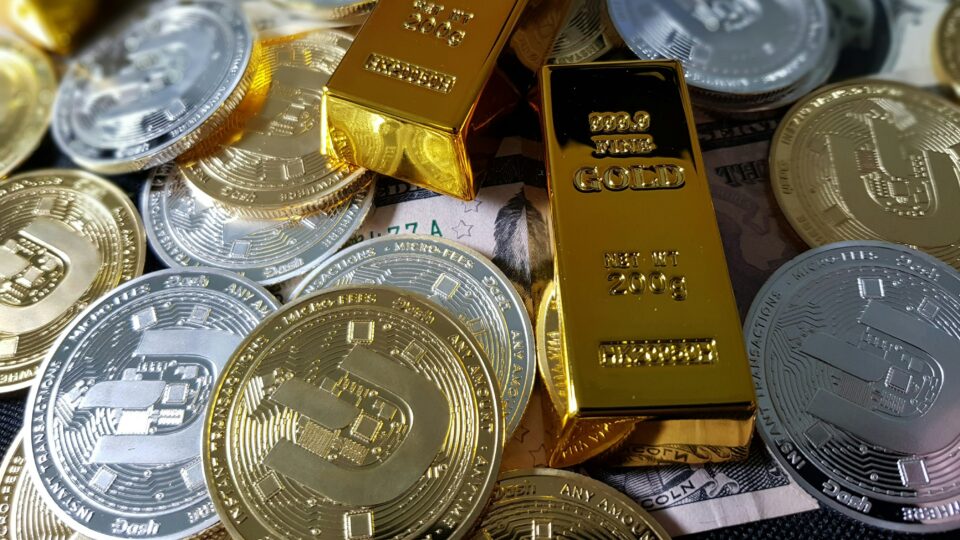Polls closed and votes were counted. President Trump was declared the winner — the second president ever to be elected for two non-consecutive terms.
With the decision cast, the markets breathed a sigh of relief and precious metals took a dip.
On Friday, gold had recovered a little to $2,685. Post election on Wednesday, the price of gold was down about 4.5% or $125 to around $2,660 from a week earlier.
See the current gold price
The price of silver was at $31.38 on Friday. Right after the election, silver had declined around 10% or $3 to from a week earlier to around $31.81.
See the current silver price
The S&P 500 jumped up to 5,999 on Friday, reaching a new all-time high for the index.
BRICS Seek Dollar Alternatives
The People’s Bank of China leader wrote a piece in 2015 titled “The World Needs a New Reserve Currency.” In it, he referenced the intention to use the yuan for trade invoicing for commodities like oil and gas. He said they would like to increase the use of the yuan in trade using gold.
The idea of using an alternative to the U.S. dollar in international trade has been a topic of discussion for many years.
This year, the former head of Goldman Sachs commodity trading Jeff Currie noted on multiple occasions that the BRICS nations (Brazil, Russia, India, China, and South Africa) are changing the global system from what he called “dollar recycling” to “gold recycling.”
Death of The Petrodollar?
Traditionally, oil-exporting countries have engaged in “dollar recycling,” a process where revenues from oil sales, denominated in U.S. dollars, are reinvested into U.S. Treasury securities. This system has reinforced the U.S. dollar’s status as the world’s primary reserve currency.
Currie’s reference to “gold recycling” indicates that BRICS countries are increasingly diversifying their reserves by accumulating gold instead of relying solely on U.S. dollar assets. This move reflects concerns over the stability of the dollar, especially in light of U.S. debt levels and inflationary pressures.
The debt and deficit problems in the United States not very attractive for somebody who’s trading in their valuable oil for a US Treasury reserve note that, as Putin says, “is depreciating at 8% a year.”
Gold is Correlated with Treasury Yields
The price of gold has been particularly telling this year in its relationship with U.S. Treasury yields. Traditionally, gold has an inverse correlation with real U.S. Treasury yields.
Now, de-dollarization efforts and central bank gold purchases (especially by BRICS nations) are driving gold higher despite rising yields. Investors see gold as a hedge against not only inflation but also systemic risks tied to the U.S. dollar.
Gold: The New Standard?
If debt is seeking an exit into the gold market, it would be trying to squeeze into $265 billion of annual gold mine production. So, the price has to go higher to make that market larger.
There are $780 billion in BRICS surpluses, the $12 trillion in global dollar FX reserves, along with trillions in private wealth.
Gold could become the new trading standard for the right price.
Your Precious Metals Plan
With Vaulted, you can put your gold and silver acquisitions on autopilot through VaultPlan. You set the desired amount, date and frequency (up to twice a month), and Vaulted handles the rest. All you need to do is log into your account, set up your plan, and sit back while VaultPlan grows your savings.











